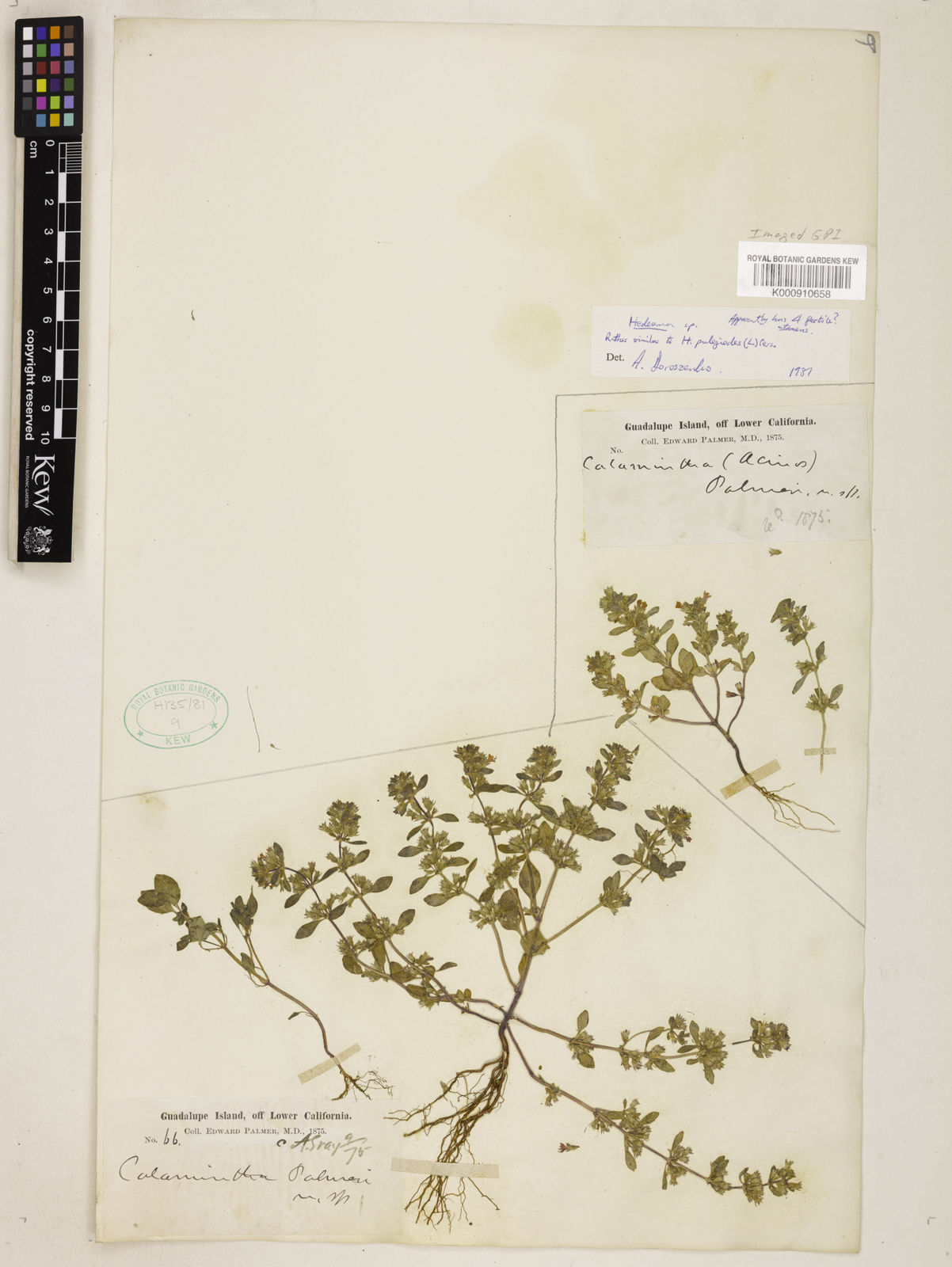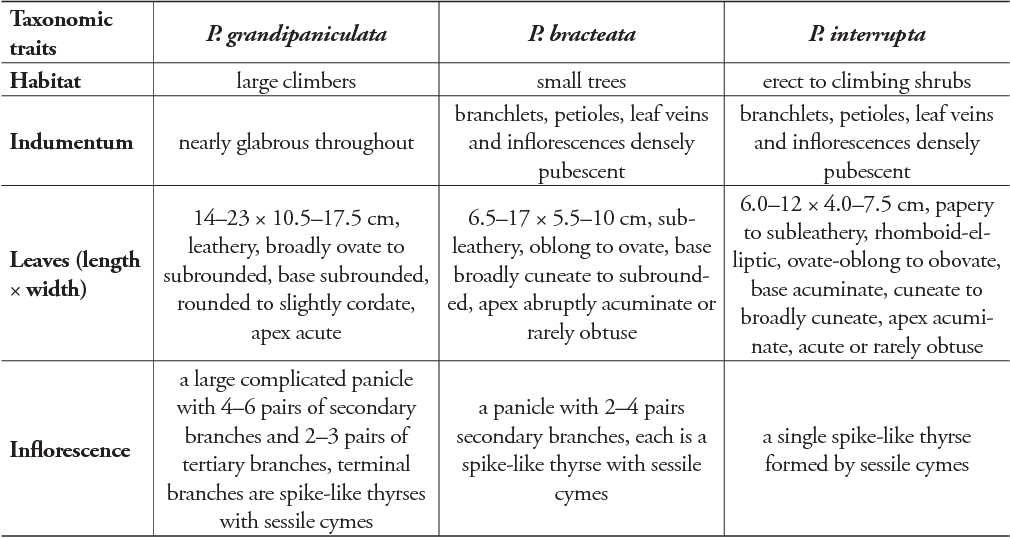

verticillata (Jacq.) Harley & J.F.B.Pastore ( 2012: 15). The second species described by Jacquin, as Hyptis verticillata Jacq., is now placed in the genus Condea as C. 2011, and Harley & Pastore 2012), when both genera were resurrected. This occurred, as a result of molecular phylogenetic studies (Pastore et al. As the two former genera were based on different types from that of Hyptis, there was always the possibility that they could again become available, if ever the genus Hyptis were to be broken up. In the case of Mesosphaerum and Condea, both of which predated Hyptis, it was considered necessary to dispose of them by conserving the genus Hyptis against them, and this was done by Briquet ( 1906).

These were not the only name changes made by Kuntze, and it was generally felt by botanists of the day that nomenclatural stability was more desirable than strict priority. He therefore recombined all known species of Hyptis (in all about 250 names), transferring them to Mesosphaerum. Later, Otto Kuntze ( 1891: 525) discovered that there were two generic names for the group earlier than Hyptis, Mesosphaerum and Condea, and that the earlier of these, Mesosphaerum, should take precedence over Hyptis. Five of these are still recognised within Hyptis, today. However, it was a French botanist, Pierre Antoine Poiteau ( 1806), who took up the name Hyptis, and published an account of 15 species, transferring some which had been wrongly placed in other genera, including Hyptis suaveolens (L.) Poit., as well as describing eight new species. One of these, Hyptis capitata Jacq., with flowers in capitula, was destined to become the generic type of Hyptis (Green 1929: 107). Later, Jacquin ( 1787: 101), created the genus Hyptis Jacq., in which he included two species from the Caribbean, with small, rather insignificant flowers with a hinged anterior corolla lip, but each with remarkably different inflorescences. He too, failed to make a valid species combination in the genus, merely listing Satureja americana, as a constituent species. Seven years after the creation of Mesosphaerum by Browne, Adanson ( 1763) published another genus Condea Adans. However, the species which he described was given a polynomial: Mesosphaerum “ Hirsutum, foliis cordatis serrate-subsinuatis, floribus verticilliter spicatis”, and therefore remained invalid until Linnaeus published it in the genus Ballota L.
Cyme thryse lamiaceae series#
It was not until Bentham, in a series of papers, culminating in a revision of the entire family (Bentham 1833), brought order out of chaos, completing the basis on which all subsequent taxonomic progress on the family rested.Ī botanist working in Jamaica in the Caribbean, Patrick Browne, was the first to validly publish a genus: Mesosphaerum P.Browne ( 1756: 257), which was based on a species of Hyptidinae. by Linnaeus and his contemporaries (Linnaeus ( 1759: 1097, 1100), Richard, L. (Endlicher 1838), were often consigned to well-known European genera, such as Ballota L., Nepeta L., Satureja L.

Tropical American species discovered at that time, which were later to be assigned to subtribe Hyptidinae Endl. In the 18 th and early 19 th century, there was much confusion over generic concepts in the Lamiaceae (Labiatae). It is necessary to explore the historical background, to see how the present classification of the Hyptidinae took shape, based largely on the work of Bentham ( 1833, 1848) and Epling ( 1949), in which Condea Adans. 2011), in which a molecular analysis had shown that the genus Hyptis was seriously paraphyletic. This followed on from an earlier paper (Pastore et al.

(Lamiaceae), at that time with almost 300 species, was divided among 12 genera, of which nine were new. The present paper is in part an adjunct to that published by Harley & Pastore ( 2012), in which the genus Hyptis Jacq.


 0 kommentar(er)
0 kommentar(er)
